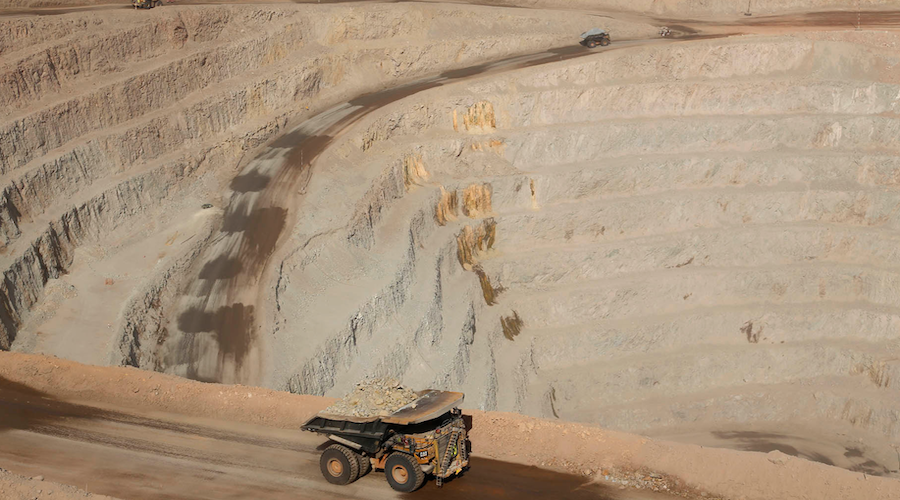
“The IROC is part of the company’s strategy towards modern mining that seeks carbon neutrality by 2050,” chief executive officer Iván Arriagada said in the statement.
“It’s a very important step, not only because it’s our first IROC, but also because it will allow Centinela to make decisions based on the integrated management of its entire value chain, from mine to port, providing a global vision of all its processes,” Arriagada noted.
The company, majority-owned by Chile’s Luksic family, one of the country’s wealthiest, is also considering the use of more autonomous equipment and new technologies to reuse discarded mine waste.
By the end of the year, Antofagasta expects to have its four operations powered uniquely by renewable energies, which include kicking off its $1.2 million HYDRA green hydrogen project at Centinela.
Lower grades
Production at the mine, which began churning out copper in 2001, reached 274,200 tonnes of copper last year, 11.1% higher than in 2020. This was due to higher grades and increased throughput at Centinela Concentrates, which operated consistently at, or above, design capacity for the full year.
For this year, Antofagasta has forecast production of 245–255,000 tonnes of copper and 130–140,000 ounces of gold at the asset, as grades fall to an expected 0.50%, before increasing again in 2023.
The Centinela mining complex, located in Chile’s Antofagasta region, was created in 2014 from the merger of the Esperanza and El Tesoro mines. It produces copper concentrates containing gold and silver, using a milling and flotation process, and copper cathodes using a solvent extraction electrowinning process.
Antofagasta also said an IROC for its flagship Los Pelambres mine in central-northern Chile should be functional during the second half of 2022.




